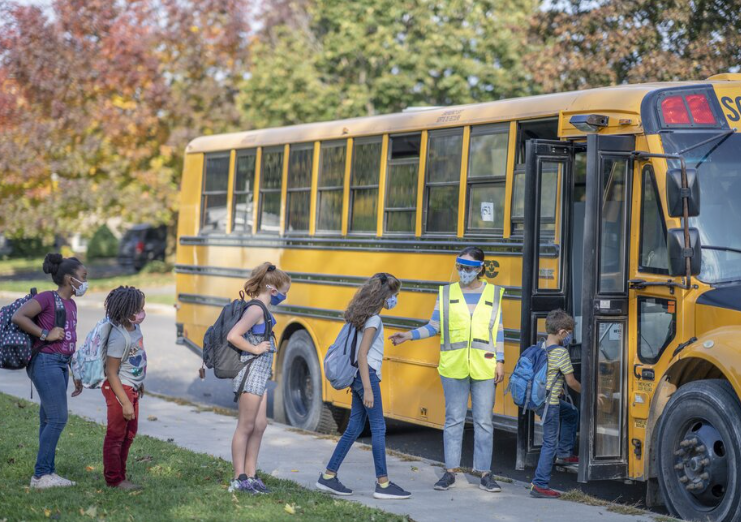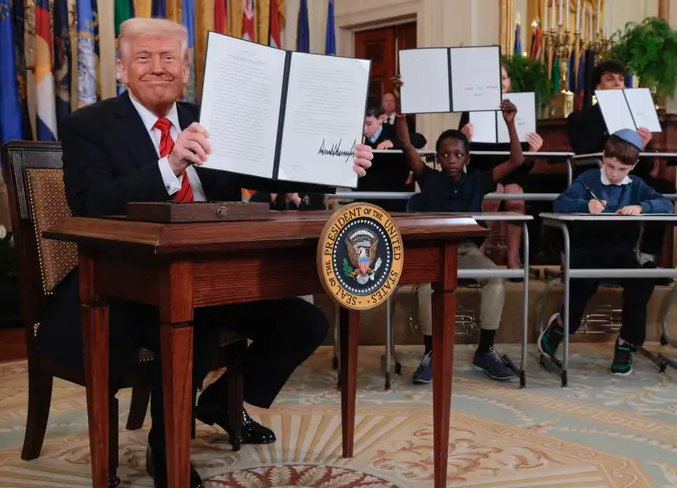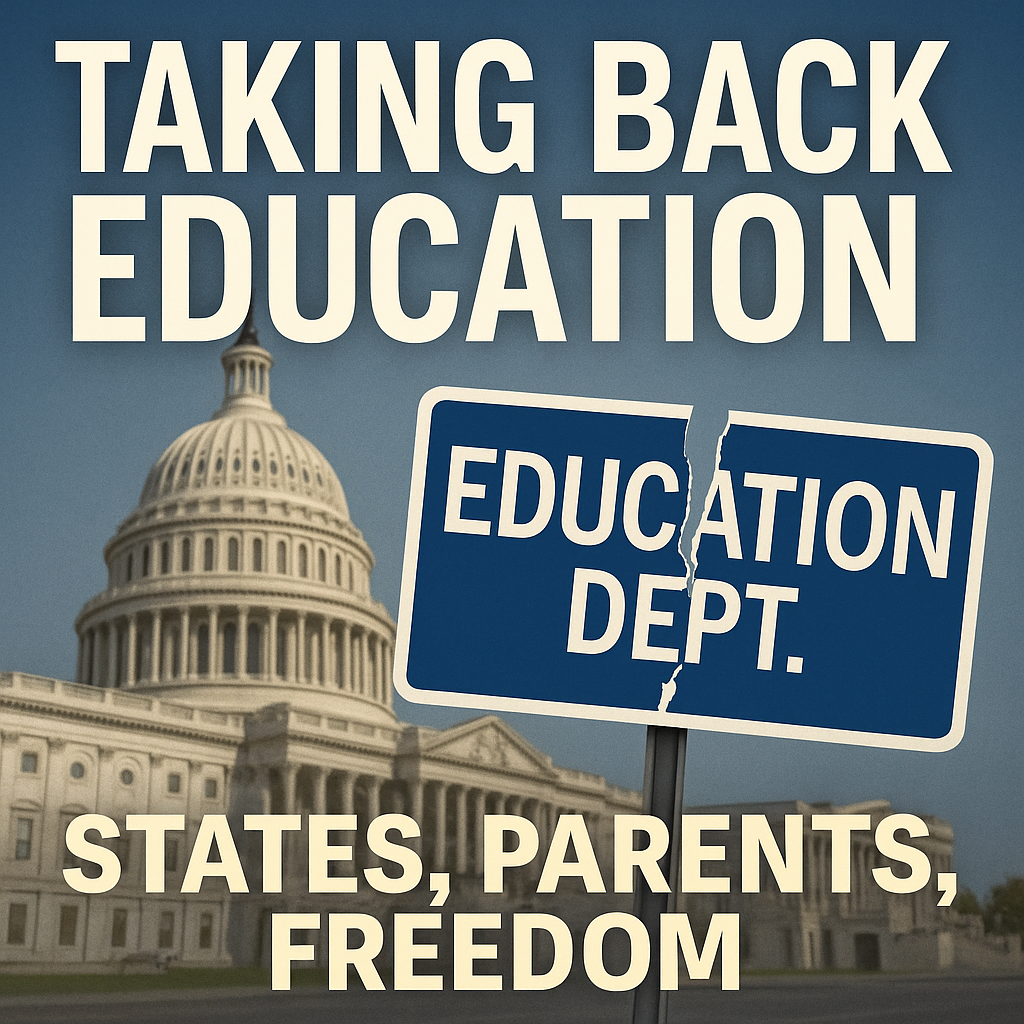Arizona’s Voucher Program Costs Struggling District $20M as Parents Flee Public Schools
Arizona’s flagship school voucher program, hailed by conservatives as a model for educational freedom, is dramatically reshaping the state’s public-school landscape. Tucson Unified School District (TUSD), the second largest in Arizona, has lost over $20 million in funding as thousands of families have opted out of the traditional system, choosing instead to use the state’s Empowerment Scholarship Accounts (ESAs) to pursue alternative educational paths.
Parents frustrated with underperforming public schools have taken full advantage of Arizona’s universal school choice initiative, which allows families to receive public funds to cover tuition and expenses at private schools, microschools, homeschool programs, and other non-traditional learning environments. As a result, districts like TUSD are witnessing steep enrollment declines — and financial consequences that are sending shockwaves through the public education bureaucracy.
The numbers are telling. Since the ESA expansion, TUSD has lost more than 4,100 students. With public school funding tied directly to enrollment, the district’s funding has dropped sharply — by at least $20 million, according to KGUN9. Administrators, including TUSD Superintendent Dr. Gabriel Trujillo, have called the situation “unsustainable” and are warning of pending cuts to staff and programs.
But many Arizona parents say the shift is long overdue. They argue that the public school system has failed to meet the academic and moral expectations of families, and that school choice is giving them an opportunity to escape bureaucratic mismanagement and declining standards.
“I didn’t pull my kids out to make a political statement — I did it because I was tired of the excuses,” said one Tucson mother, who enrolled her children in a Christian microschool. “Now, for the first time, they’re actually excited to learn.”
The ESA program, which was significantly expanded by Republican lawmakers in 2022 and signed into law by then-Governor Doug Ducey, is the most comprehensive school choice program in the nation. It provides more than $7,000 per student annually for parents to direct toward private education, tutoring, homeschooling materials, or other approved learning expenses. More than 75,000 students are now enrolled in the program statewide.
Critics of school choice, primarily teachers’ unions and Democrat lawmakers, claim that the voucher system is “defunding public education.” However, supporters counter that parents, not school boards, should decide where and how their children are educated. They argue that if public schools are losing students, it’s not because of the voucher program — it’s because the schools are failing to compete.
“It’s not the job of taxpayers to prop up broken institutions,” said a spokesperson from the Arizona Freedom Alliance. “If a school can’t attract students, it shouldn’t be rewarded with more money. Competition works — and now it’s working in education.”
Meanwhile, TUSD’s leadership continues to decry the financial strain. “We’re being punished for students leaving,” said Trujillo in a public meeting. But school choice advocates say that’s the point: to incentivize improvement through competition, not guaranteed funding irrespective of performance.
The district has responded by proposing severe cuts, including potential staff layoffs, program eliminations, and even school closures. But these proposed solutions may further drive parents away, creating a downward spiral for the district. Some observers have compared it to what has occurred in other left-leaning states, where public schools continue to hemorrhage students due to ideological overreach and academic underperformance.
Arizona’s experience is emblematic of a broader national trend. Across the country, families are demanding more control over their children’s education. Issues such as COVID-related closures, divisive curricula, lax discipline policies, and plummeting test scores have led parents to seek alternatives. Conservative policymakers have responded with legislation that shifts power away from centralized school systems and back into the hands of parents.
The clash over Arizona’s ESA program reflects this larger cultural and educational shift. Supporters of school choice believe parents are better equipped than government bureaucrats to determine the best path for their children’s education. They see the current funding shortfall in districts like TUSD not as a crisis, but as a long-overdue accountability measure.
Still, public education officials argue that the program is destabilizing the system. But for many conservative observers, the writing is on the wall: institutions that resist reform and ignore parental concerns will inevitably lose both students and funding.
“The public school system is not entitled to students or dollars,” said a Phoenix-based education policy analyst. “They have to earn them — just like any other service in a free society.”
As Arizona’s education landscape continues to evolve, TUSD’s plight may serve as a cautionary tale — not about the dangers of school choice, but about the consequences of ignoring families for too long. The question isn’t whether school choice is here to stay. It is. The question now is whether traditional public schools will rise to the occasion or continue to wither under the weight of their own dysfunction.
Keywords:
Arizona vouchers, school choice, public education, TUSD enrollment decline, ESA program, school funding crisis, conservative education reform, parental rights, education freedom, school competition, school voucher impact, Tucson Unified School District





